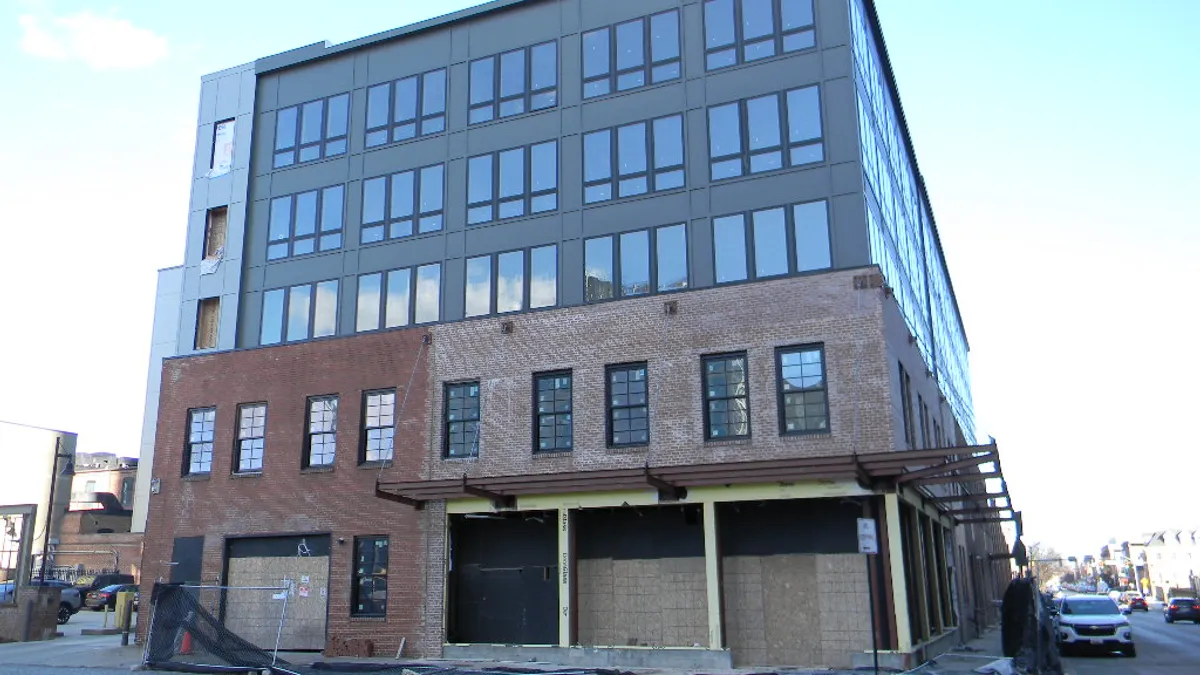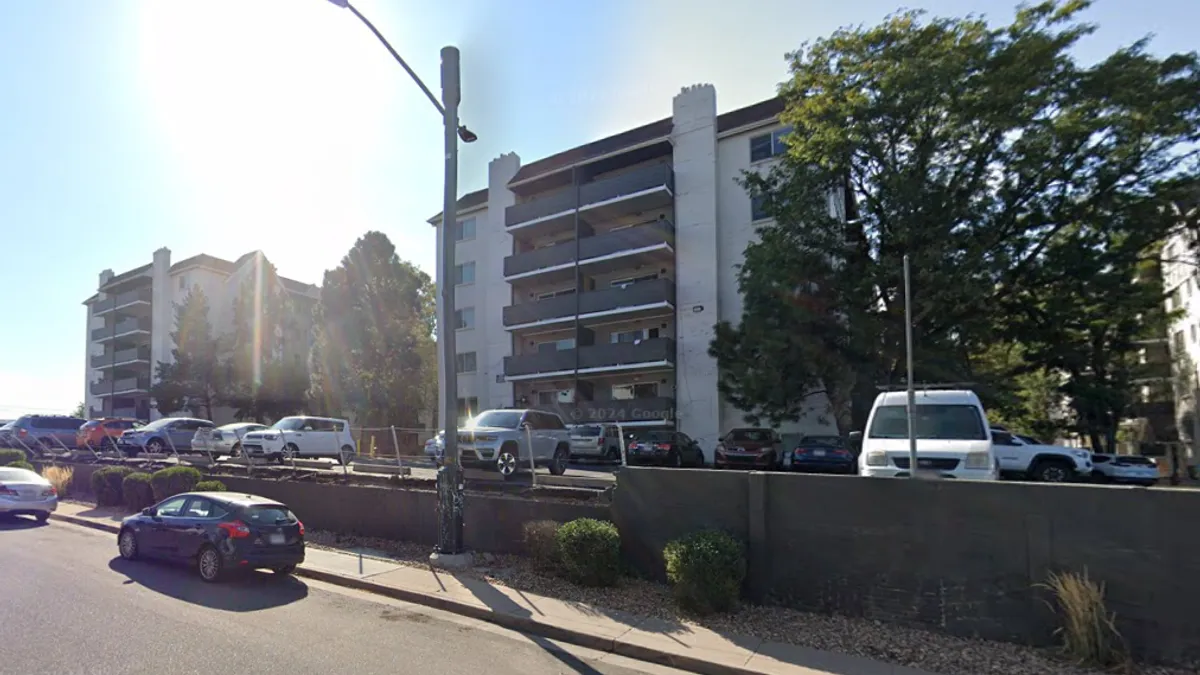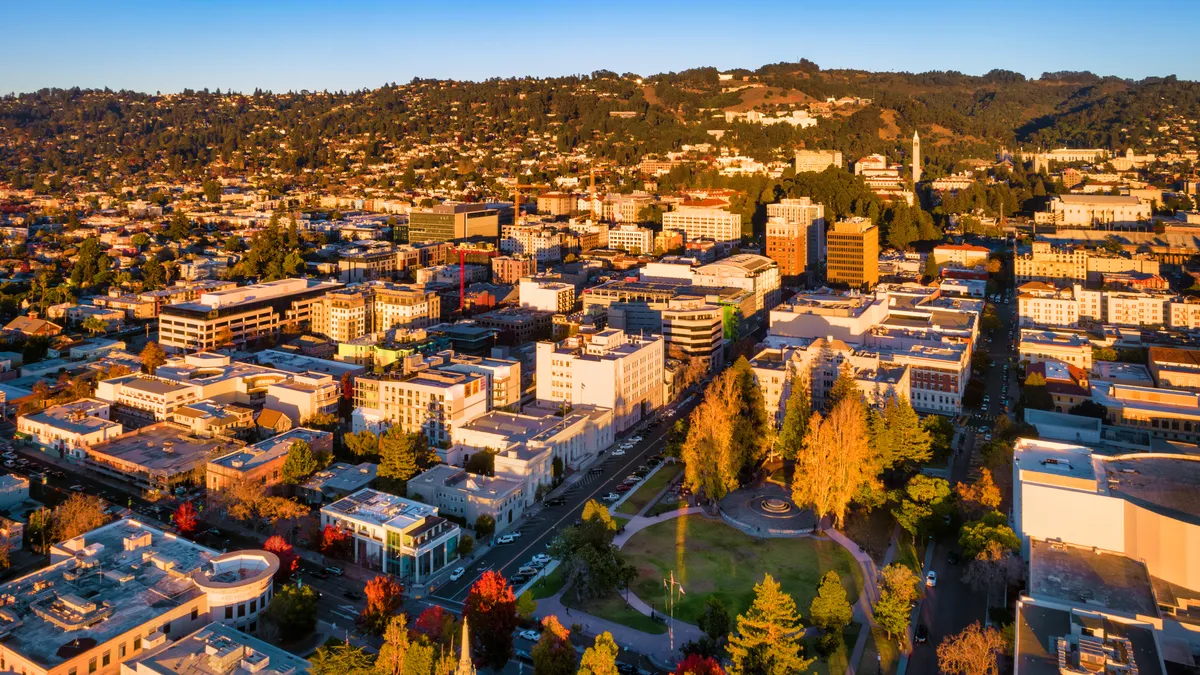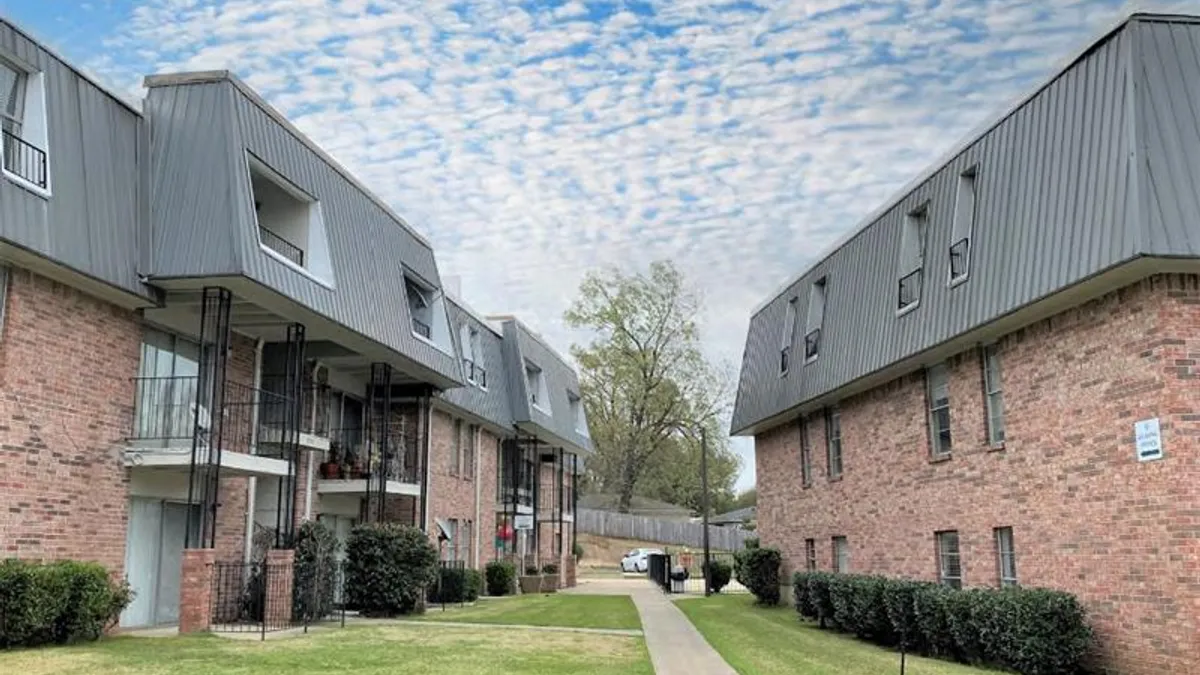At the end of 2018, the city of Tulsa launched one of the nation’s first remote worker incentive programs, Tulsa Remote, promising $10,000 if a person relocated for at least one year to the Oklahoma city.
Caroline Glennon, spokesperson for Tulsa Remote, said the program was founded to address the brain drain that Tulsa was experiencing as talent left the city and the region struggled to bring young professionals back into the fold.
“The idea was to bring working professionals of all ages, but ideally young people, to the city and give it a chance,” said Glennon. “The $10,000 incentive was really just the ticket to get them there because we believed once they got here they’d fall in love and choose to stay.”
“The strongest part of Tulsa Remote is not the money itself,” said Kenan Fikri, research director for the Economic Innovation Group, a think tank. Rather, he said, it’s the additional programming that forges social and professional networks that will make people stay for the long term.
“That’s where Tulsa seems quite far along in viewing this as one tool in a much larger talent-building strategy. You can’t just have the incentive,” said Fikri. “It may be enough to bring people but not enough to make people stay.”
Fikri said part of his 2021 study of Tulsa Remote was trying to break down the problem a lot of cities are facing: they want to grow their knowledge-based industries but can’t find the workforce.
Tulsa is among numerous small or mid-sized cities and states in recent years that have tried to grow their workforce populations by offering remote workers incentives to relocate there. For example, almost 300 remote workers and their families have relocated to Vermont due to a worker incentive program called Think Vermont. And in Savannah, Georgia, there are $2,000 packages available for remote tech workers.
“Remote worker incentive programs allow them to break the cycle,” said Fikri. “Plus, it’s a really cost-effective incentive program. You aren’t attracting a whole company to relocate or move a factory, but instead it’s a very directly targeted incentive that allows places that might not have ability to pay for huge relocations to more efficiently target a segment of the workforce they want.”
As of July 2022, 1,769 remote workers have cycled through Tulsa Remote, according to Glennon, with 98% staying a full year and just over 90% staying beyond their first year. The majority of these workers come from coastal cities like New York City and Los Angeles, along with booming metropolitan areas across the state line in Texas, like Austin, Dallas, and Houston.
The funding, funneled to the city from the George Kaiser Family Foundation, is dependent on remote workers staying at least 12 months. It can be distributed in monthly increments, or it can be used in a lump sum to purchase a home. Since 2018, Glennon said more than 500 Tulsa Remote members have purchased homes, with 153 buying one in 2021 alone.
According to Glennon, there is no final goal for how many recruits Tulsa Remote wants to find, but there is a goal to recruit up to 1,500 people in 2022, almost double the total amount from the previous four years combined.
“What’s unique about Tulsa Remote compared to other incentive programs is it started well before the pandemic, and we were looking at the prediction that more people would be able to work remotely, given the way tech jobs were developing,” said Glennon. “So once the pandemic hit, we did see a dramatic increase in applications, and they’ve been steadily increasing since.”
How Topeka’s program got a pandemic boost
Lena Geraghty, director of sustainability and innovation at the National League of Cities, said the COVID-19 pandemic changed a lot about workforce development and workforce flexibility.
“[The pandemic] opened up possibilities for how workers live, work and play, and cities that might’ve had declining economies are able to tap into a new source of revenue and community building through the potential of remote work,” said Geraghty. “It’s why we’ve seen cities out of the top tier population-wise, but with a strong sense of community, looking to bring new workers to town.”
Bob Ross, the senior vice president of marketing and communications for Greater Topeka, an economic development partnership in Topeka, Kansas, said Choose Topeka began after the city recognized it wasn’t growing substantially. The program offers up to $15,000 in relocation benefits for new employees of local businesses.
“We recognized talent was the biggest issue local companies were facing, and we recognized we had all these great employers, but trouble getting people to move to Topeka and work for them,” said Ross.
But after the pandemic hit in 2020, and remote work became the norm, Choose Topeka changed gears. In August of that year, it started offering up to $10,000 for remote workers to relocate to Topeka for at least one year. Ross said the biggest lesson was over-preparing for the worst-case scenario.
“I was more nervous about the negative reaction to incentivizing for talent,” said Ross, “and I didn’t prepare for the positive response and the huge pent-up demand of people looking for alternatives for a better life.”
In the first six months, Ross received over 6,000 applications from remote workers from around the world. He said developing close relationships with local elected officials and business and community leaders while building the program helped mitigate blowback, because everyone was ready when the program was announced, and it was built with the needs of the community in mind.

Now, said Ross, about 60% of the Choose Topeka program is made up of local business recruits, and about 40% are remote workers. The program, which has a $300,000 annual budget with funding coming from an economic development sales tax, was built to accommodate up to 30 individuals or families moving each year. So far, 70 workers, most from California, Texas, Illinois, and other parts of Kansas, have cycled through the program, and all of them have stayed past their first year, which Ross said amounts to a $3.8 million impact on the local economy.
There have been similar economic benefits in Tulsa, researchers say. According to the 2021 Economic Innovation Group report, Tulsa Remote was estimated to add $62 million in new local earnings and 592 jobs to the Tulsa economy in 2021. For every dollar spent by a Tulsa Remote member, almost a $14 boost occurs in the local economy; for every two remote workers who relocate to Tulsa, about one new job is created. By 2025, Tulsa Remote could add $500 million in new local earnings, and support upwards of 5,000 jobs between relocated workers and newly created employment opportunities.
Prithwiraj Choudhury, a professor at the Harvard Business School, has studied Tulsa Remote for two years. In a forthcoming study, Choudhury said he and his research team found that workers who move to Tulsa increase their volunteer hours and their real income, or wages minus the cost of living, largely due to lower housing costs.
NLC’s Geraghty said that while new workers help grow the tax base in the community, the economic implications of an increased population – issues of displacement or a lack of affordable housing – arise as well. But, she added, cities that have incorporated economic revitalizations into their plans for remote worker incentives could benefit from the increased engagement.
“I can foresee a future where New York City, losing talent from its central business district, could make a program to attract young remote workers."

Prithwiraj Choudhury
Professor at the Harvard Business School
The U.S. was already dealing with a housing crisis prior to the pandemic, said Geraghty, adding that while some cities saw housing scarcity or lack of affordability, others had a lot of housing stock but a dearth of workers interested in living in their location.
“Like many things, these programs can be successful with a thoughtful approach and widespread community engagement,” said Geraghty. “But if it happens in a haphazard way, there’s a huge risk of gentrification and displacement of local residents. So it’s important to make sure local leaders are at the forefront and residents' voices are heard.”
Right now, Glennon said, the biggest challenge Tulsa Remote is facing is the increase of employers begging for their employees to return to the office, especially in the tech industry, which accounts for the highest percentage of remote workers joining Tulsa Remote.
But Choudhury said “work from anywhere” employees are here to stay.
“There are many companies allowing workers to live where they want to live, and that will grow in the number of companies offering that option, and the fraction of workers taking them up on that offer,” said Choudhury. As those programs expand, brain drain could begin impacting coastal cities that these worker incentive programs are drawing from.
“I can foresee a future where New York City, losing talent from its central business district, could make a program to attract young remote workers. It’s going to be regions and cities competing for talent, much like companies have competed for talent.”



















